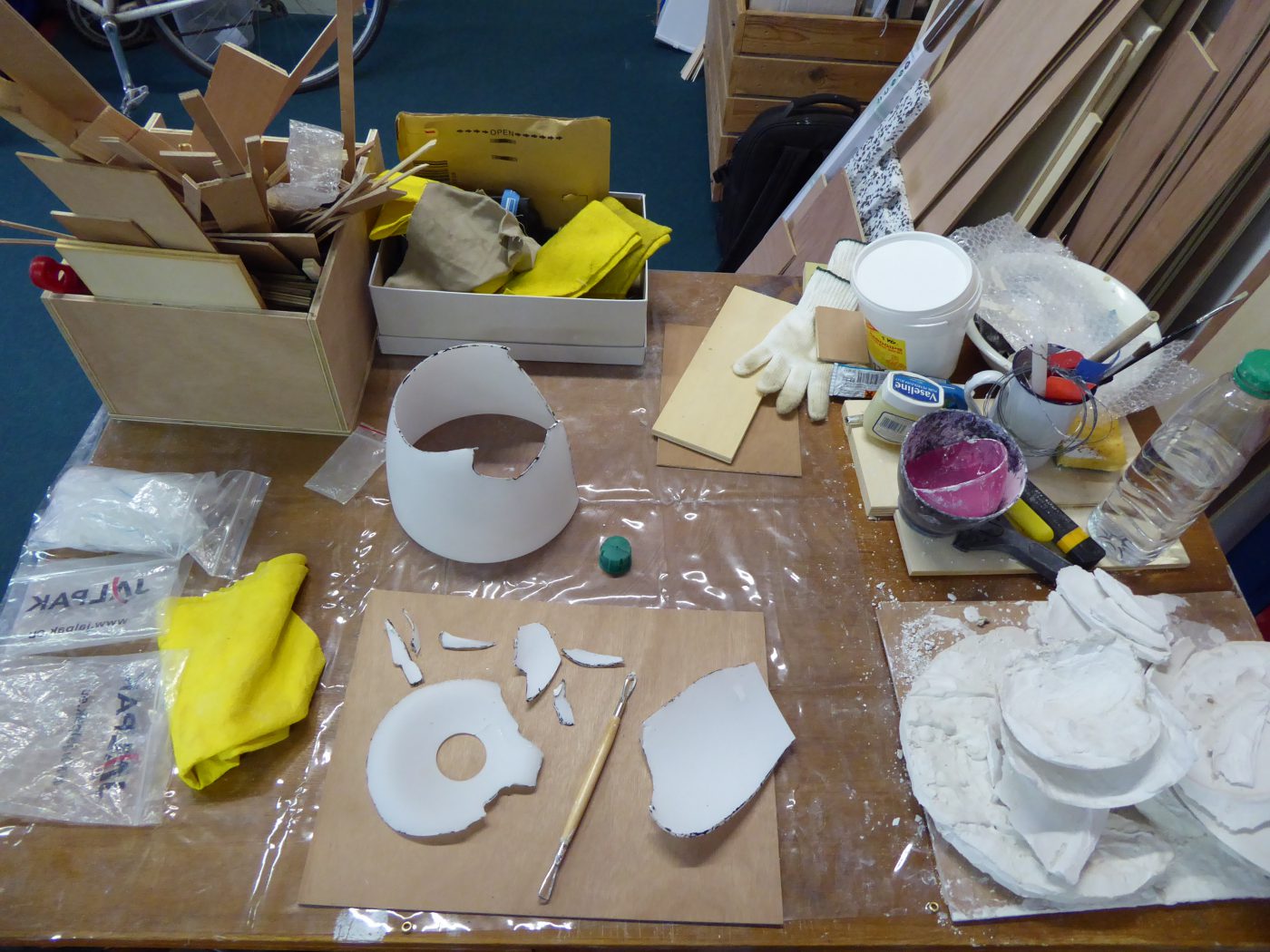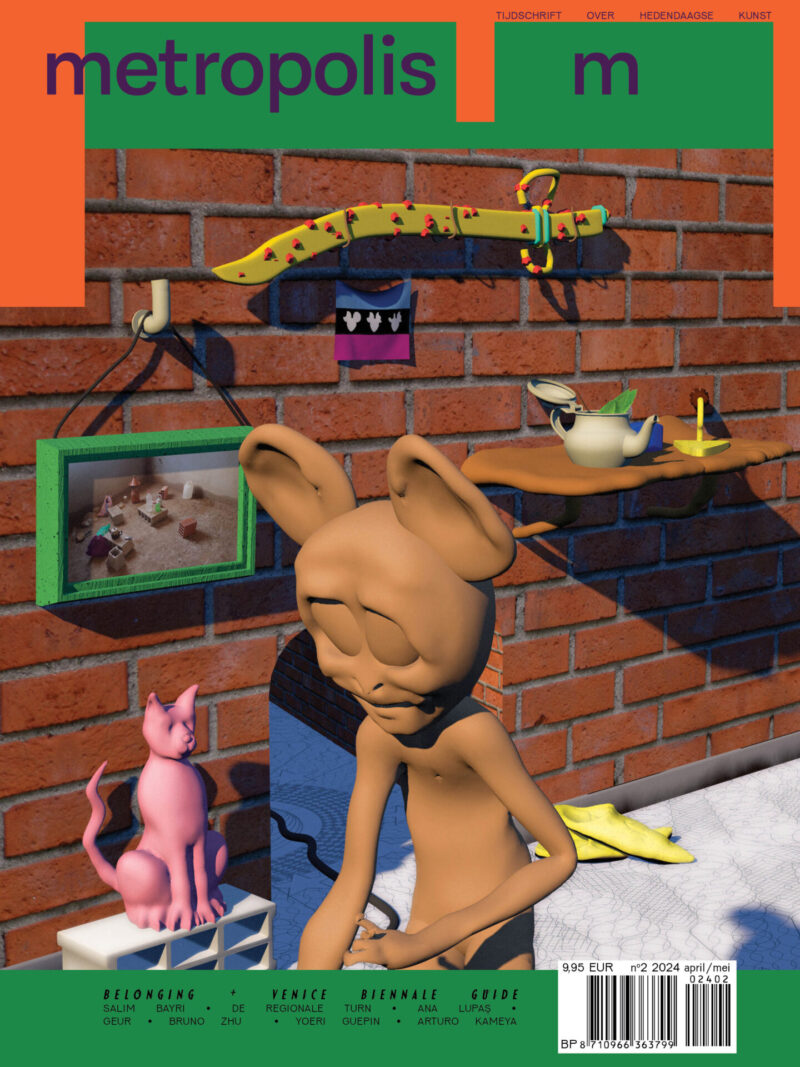
Overview of the studio of Nishiko at Billytown
Studio visit #1: Nishiko – How to repair an earthquake?
First up in a new series of studio visits (formerly known as studio estafette) Debbie Broekers meets up with Nishiko in her studio at Billytown to talk about the repair project which is currently on view at Stroom Den Haag.
Nishiko (Kagoshima, Japan, 1981) welcomes me into her studio at Billytown with a warm cup of coffee. She just finished her magnum opus project Repairing Earthquake Project, which is currently on view at Stroom. After the earthquake and tsunami of 11 March 2011, Nishiko travelled to Japan’s Tohoku region to look for objects that were left behind in their wake. She wanted to clean and repair them, to find out the stories behind the objects and possibly return them to their rightful owners. They are small gestures aiming to remember a big event. Over the course of seven years, Nishiko collected countless eyewitness accounts and objects both big and small. To this day she continues to look back.
[question Debbie Broekers] Do you remember when you knew that you wanted to go to art school?
Unlike most people in Japan, I didn’t go to university straight after high school. I didn’t know what I wanted to do. So while all my friends continued studying, I got myself a job. My parents live very near the Narita International Airport and I got a job there at the FedEx company, working through hundreds of applications for luggage that people want to import. I worked there for two years, but after one year I started to get bored. Around that time, I started sneaking into the schools where my friends were studying and I got fascinated by advertisement and graphic design. This was a whole field of study, which I didn’t know existed. I didn’t think about design as something that was actually being made by someone. I think that was the moment I knew I wanted to do something creative. Because I was working, I got more financial freedom and started to travel quite a lot, always taking photos. In our house, we had a mac computer with programs like Photoshop and InDesign and I was already using and playing with them. I ended up going to art school in Tokyo, where I enrolled in the photography department, although it was more one class and part of the graphic design apartment. I had a lot of graphic design friends. It was only later, when I came to the KABK that fine art came.
[question Debbie Broekers] So, as an exchange student, you initially focussed on photography?
Yes, but only for the first two days, haha. I knew that the KABK would be totally different than Tokyo because of what my friends from the KABK-exchange program had told me. My work didn’t fit in the photography department, which was totally fine because I was more interested in a conceptual approach anyway. Photography, especially in Japan, is such a closed-off field. So pretty soon I went into the fine art department, which I really enjoyed, because it was completely free! I could do all the things I couldn’t do in Tokyo and people understood them better, I think, so that was really nice.
[question Debbie Broekers] Could you tell me a bit more about your work as an artist? What kind of subjects draw your attention?
For some reason I am interested in the accidental or unexpected moments, when something happens by chance or by accident, that is something I really enjoy.
